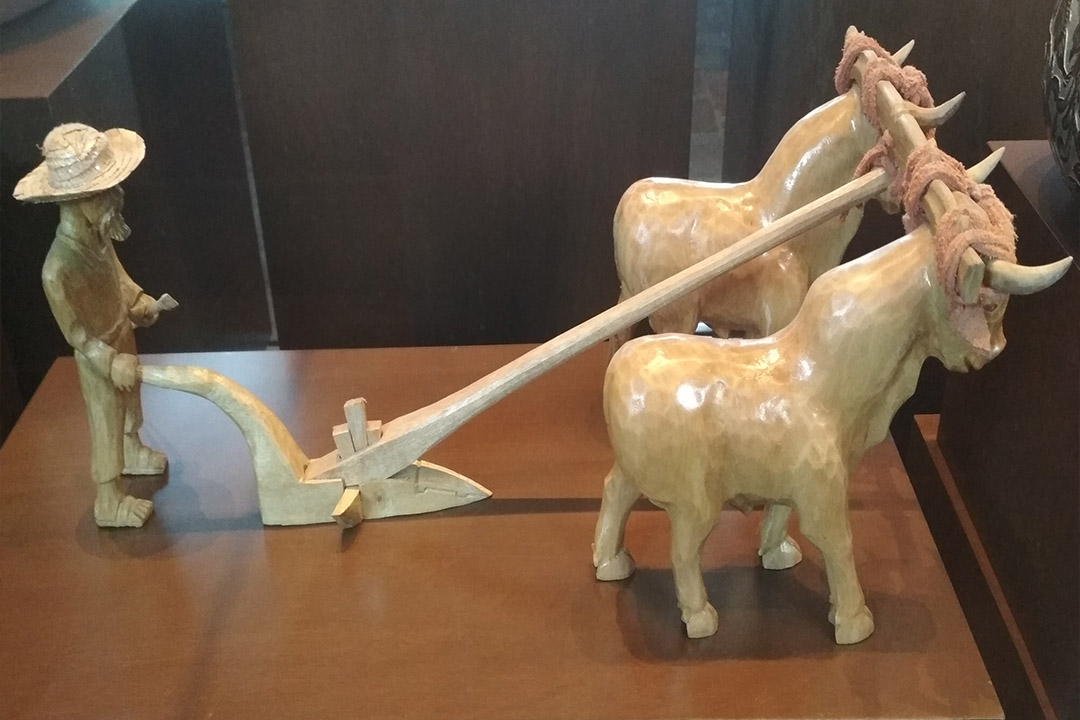Corn (Maize)

Most historians believe maize was domesticated in the Tehuacan Valley of Mexico. Recent research in the early 21st century has modified this view somewhat; scholars now indicate the adjacent Balsas River Valley of south-central Mexico as the center of domestication.
An influential study done 2002 has demonstrated that, rather than the multiple independent domestications model, all maize arose from a single domestication in southern Mexico about 9,000 years ago. The study also demonstrated that the oldest surviving maize types are those of the Mexican highlands. Later, maize spread from this region over the Americas along two major paths. This is consistent with a model based on the archaeological record suggesting that maize diversified in the highlands of Mexico before spreading to the lowlands.
Maize is a cultigen; human intervention is required for it to propagate. Whether or not the kernels fall off the cob on their own is a key piece of evidence used in archaeology to distinguish domesticated maize from its naturally-propagating teosinte ancestor. Genetic evidence can also be used to determine when various lineages split.
To present day, the world produces a lot more Maize (corn in America) than wheat or rice. In addition to being consumed directly by humans (often in the form of masa), maize is also used for corn ethanol, animal feed and other maize products, such as corn starch and corn syrup. The six major types of maize are dent corn, flint corn, pod corn, popcorn, flour corn, and sweet corn.
Sugar-rich varieties called sweet corn are usually grown for human consumption as kernels, while field corn varieties are used for animal feed, various corn-based human food uses (including grinding into cornmeal or masa, pressing into corn oil, and fermentation and distillation into alcoholic beverages like bourbon whiskey), and as chemical feedstocks. Maize is also used in making ethanol and other biofuels.
So, corn is much more than tortillas and tamales. It´s basis for the Mexican ancestral home cooking that years ago in December 2010, Unesco inscribed the traditional Mexican cuisine “In the Representative List of the Intangible Cultural Heritage of Humanity”.
“Corn (Maize)” by Alfredo de la Cruz




















